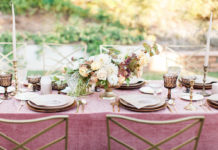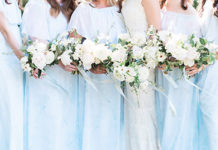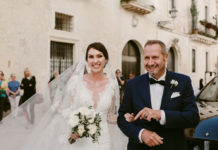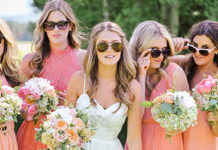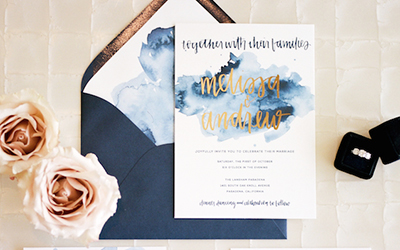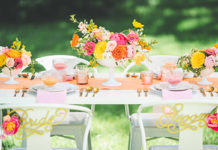First receptions are lasting impressions, so it’s crucial to make a good one. Your wedding invitations are the first impression that family and friends receive from you and your soon to be spouse as an official package deal. They are the first clue that guests receive to your style and possible color scheme for your wedding. Sending an invitation sounds easy, but there is an art to choosing the right stationary and addressing each envelope properly. The addressing can get trick as each guest may have their own circumstances be it be a married couple, an unmarried couple, or a couple with children. Here are a few guidelines to addressing your invitations properly so your first impression is the best one possible.
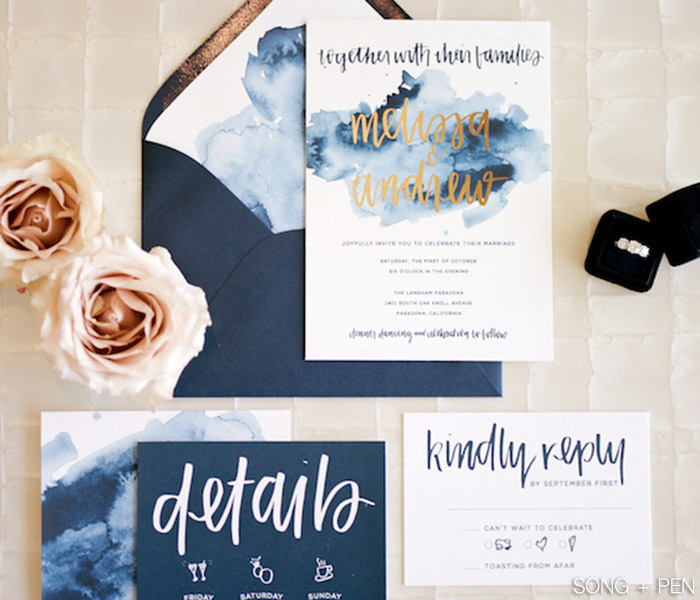
To a Married Couple:

To a Married Couple That Use Different Last Names:
If you are closer to one person within the couple, list that person first followed by their partner. If you are acquainted with both, list them in alphabetical order.

To an Unmarried Couple Living Together:
Both names should be included, but each should be placed on its own line to acknowledge that that the couple is not married.

To a Same-Sex Couple:
Use the same rules as you would for any other unmarried or married couple.

To a Married Woman Doctor or Two Married Doctors:
If a woman uses her maiden name professionally or socially, the outer envelope should read:
To Those With Other Distinguished Titles:
Apply the same rules for military personnel, judges, reverends, etc. that you use for doctors. If both titles don’t fit on one line, indent the second line.

To Children and Families:
Younger guests can be included on the inner envelope of their parents’ invitation by their name(s) — they should not be addressed on the outer envelope. For girls under 18, use “Miss.” Boys don’t need a title until they’re 18 — then they’re addressed as “Mr.”
To Children 18 and Older:
They should receive their own invitations (unless they live at home with Mom and Dad). Be careful, if you don’t include each child’s name you’re implying that children are not invited. Also, don’t be surprised if some guests assume their children are welcome. If you are concerned, give your guests a heads up by asking your family and bridal party to spread the word.




